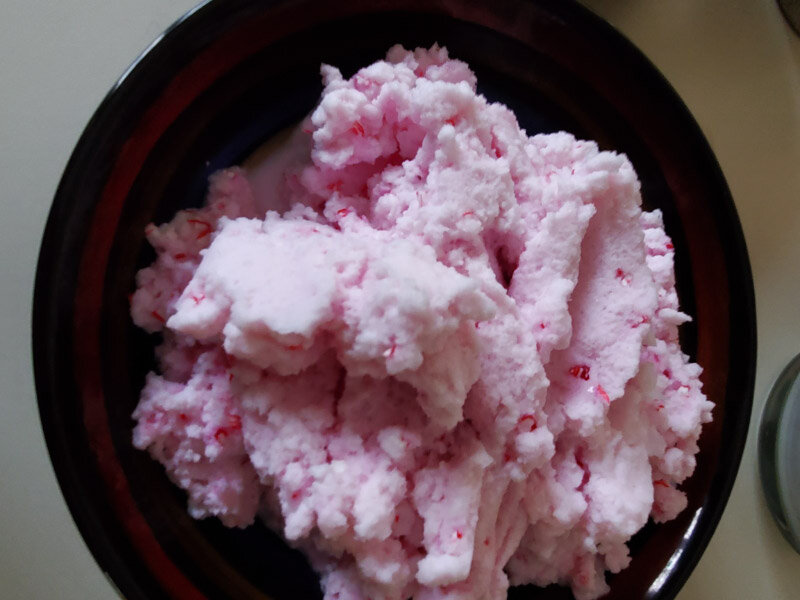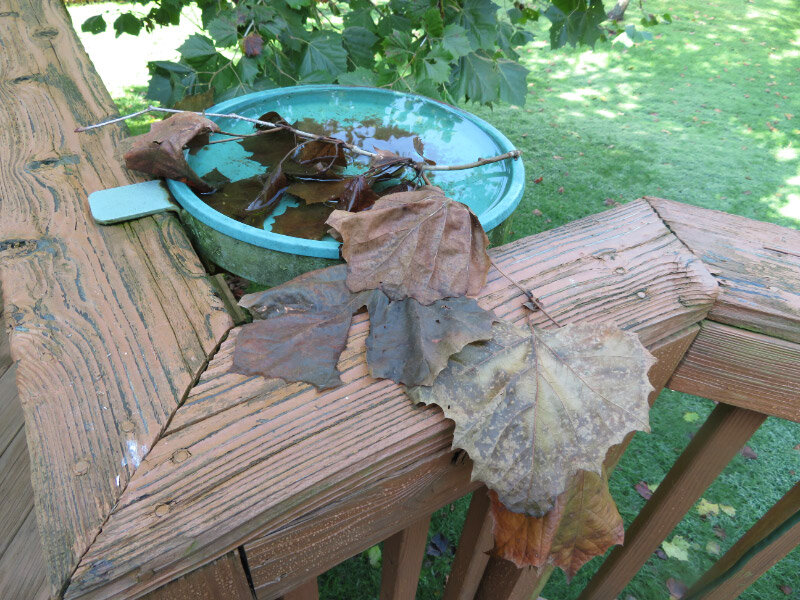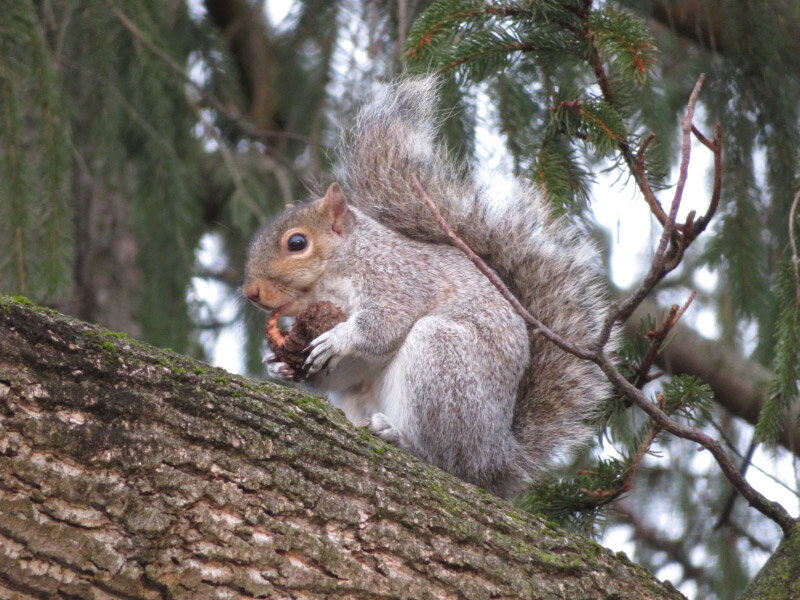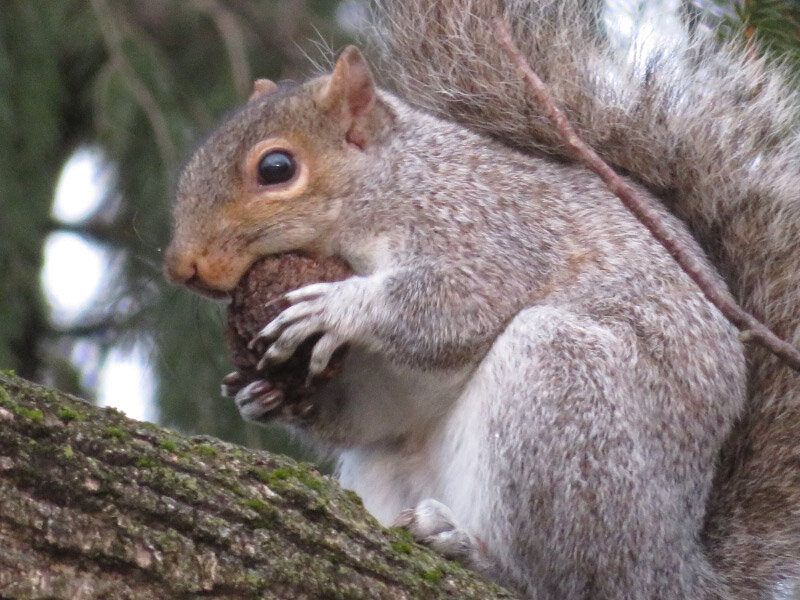Gleanings of the Week Ending April 19, 2025
/The items below were ‘the cream’ of the articles and websites I found this past week. Click on the light green text to look at the article.
Survey: US Public Spaces Not Meeting Community Needs – Funding for maintenance and basic improvements seems to be the key issue.
I tested some of the most popular ways of meeting new people. Here's what I found – The author engaged in 4 ‘hobbies’ and assessed their effectiveness in fostering social connection: team sports, bouldering, creative writing sessions, and a life drawing course. Evidently, they all worked for her! For me – my volunteer activities (with Missouri Master Naturalist and my county’s Friends of the Library) are the way I meet new people; I tend to like the triadic interactions (attention both to each other, and to an object or activity of mutual interest) that volunteering provides.
These Unassuming Artifacts from King Tut’s Tomb Could Tell a Remarkable Story – Originally the 4 small unbaked earthen dishes were thought to be stands for the nearly four-foot high gilded wooden staffs…but a new study proposes that the clay troughs would have held libations, most likely of water, aimed at the purification and rejuvenation of Tutankhamun in the afterlife, a rite known as the Awakening of Osiris.
Cuts to the National Weather Service May Have Serious Impacts on National Parks – And for everywhere else too. Weather impacts everybody.
New research boosts future whooping cough vaccines – My father – now in his 90s – almost died from whooping cough as a young child. Deaths have become less common since the vaccine although they are still in the double digits in the US. In 2024, several outbreaks left public health officials and hospitals scrambling to accommodate a sudden influx of patients, primarily infants, who are often too young to be vaccinated and suffer the most severe symptoms. I’m glad that a new vaccine may be more effective and longer lasting than the one we have now.
Study Reveals Mercury-Poisoned Industrial Age Child – A three- to four-year-old child died in France sometime in the 18th or 19th century. The youngster suffered from rickets and scurvy likely caused by poor living conditions during the Industrial Revolution. But there were also high levels of mercury in his bones and teeth. The study ruled out sources of mercury contamination and concluded that the child had been administered the toxic metal as a cure for his ailments, which ultimately killed him.
At 97, Endangered Tortoise Becomes Oldest First-Time Mom of Her Species with Four New Hatchlings – Four Galapagos tortoise hatchlings at the Philadelphia Zoo!
Celebrating Seeds – From The Prairie Ecologist. So many obstacles must be overcome for a seed to become a mature plant producing seeds….continuing the cycle of the species.
Antarctic Sea Ice Plunged in Summer 2025 - In 2025, summer sea ice in the Antarctic tied for the second-lowest minimum extent ever recorded in the 47-year satellite record. It’s not yet clear whether the Southern Hemisphere has entered a new norm with perennially low ice or if the Antarctic is in a passing phase that will revert to prior levels in the years to com
Global Economy More Vulnerable to Warming Than Previously Thought - By rattling supply chains, future storms and heat waves will also send ripples throughout the global economy, inflicting costs far higher than models currently show. No country is immune.




































































